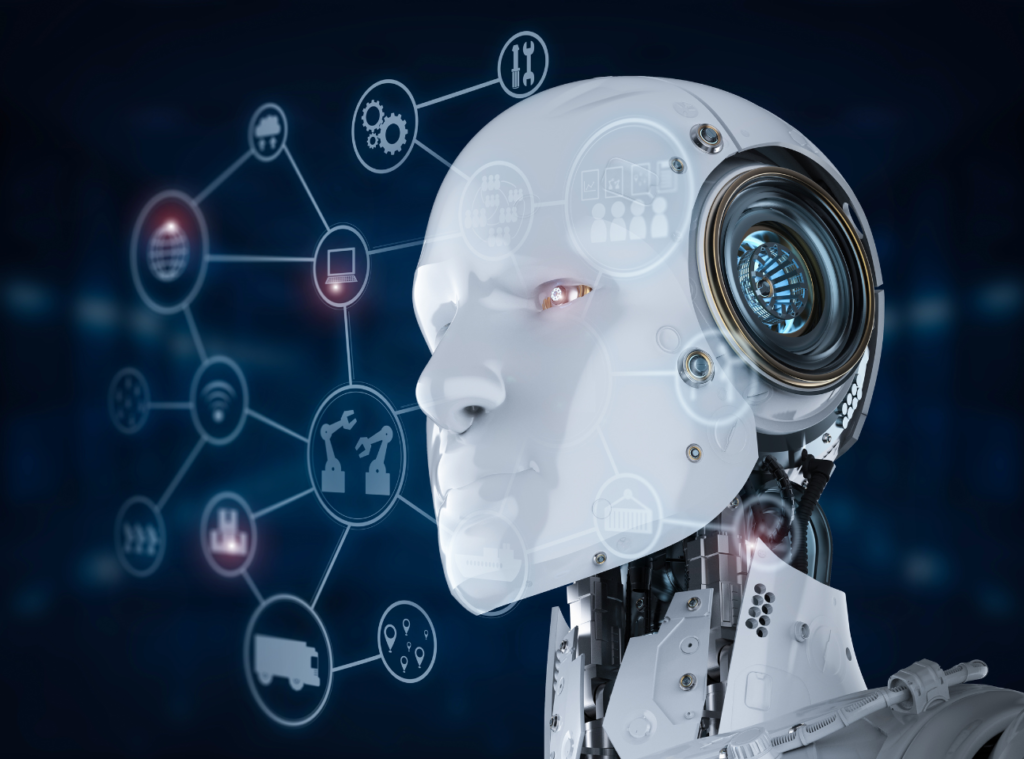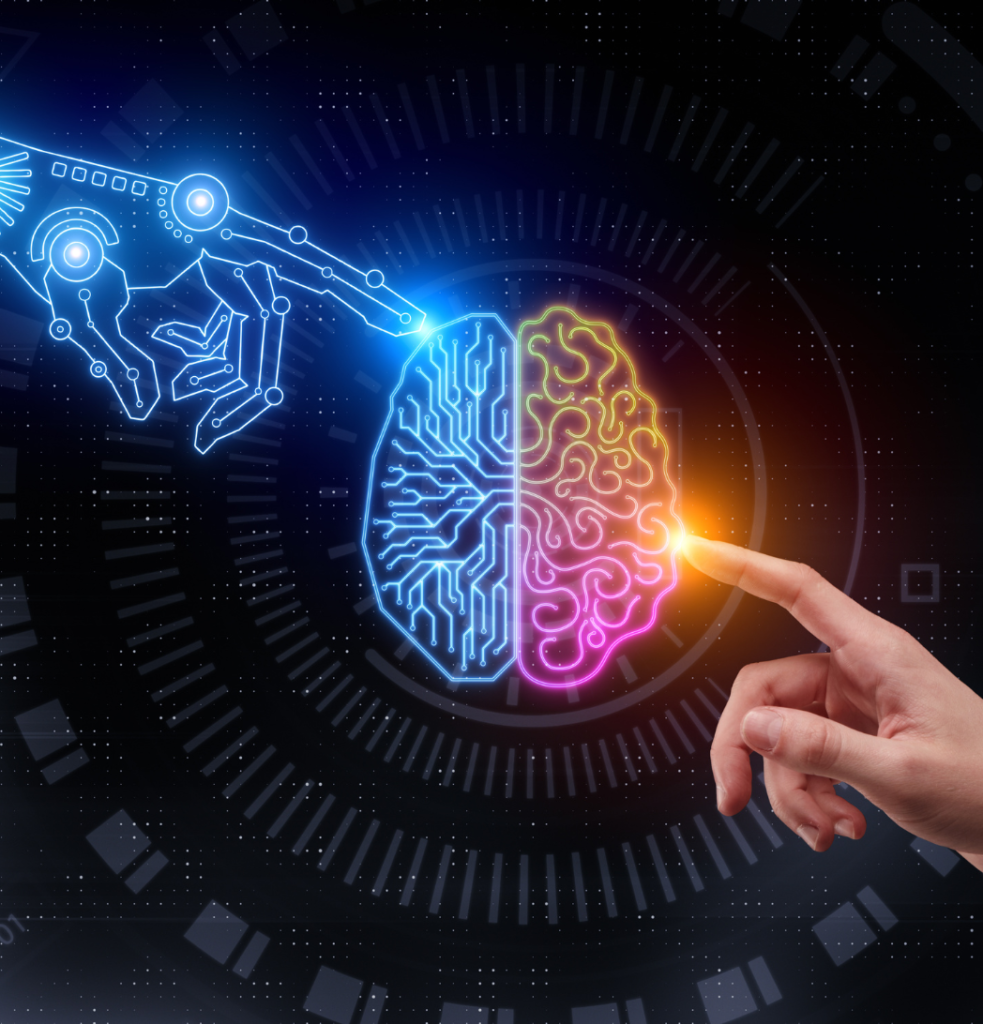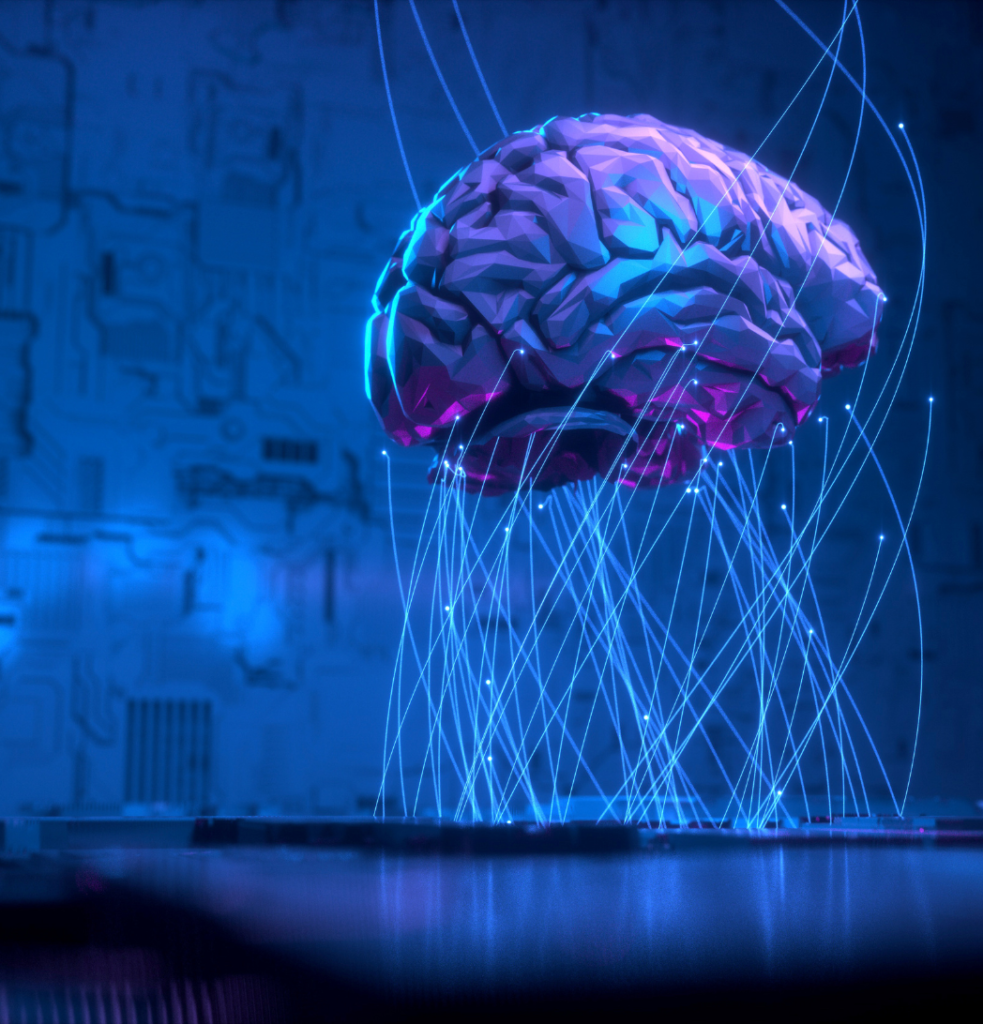AI Innovation & Machine Solution
Revolutionizing Business with AI Innovation and Machine Solutions
Paramount Innovation leads the way in AI innovation and machine solutions, delivering advanced technologies that transform your business operations. Our expert team integrates AI and machine learning to automate processes, enhance decision-making, and drive efficiency, positioning your business at the forefront of the digital revolution.


Exploring and Developing New Technologies and Solutions
Exploring and Developing New Technologies for Tomorrow's Solutions
At Paramount Innovation, we are dedicated to exploring and developing cutting-edge technologies that drive innovation and growth. Our commitment to research and development ensures we deliver state-of-the-art solutions that keep your business ahead in the ever-evolving tech landscape.
- Market Research: Identify current trends, needs, and gaps in the market. This can include competitor analysis and understanding user pain points.
- Technological Landscape: Stay updated with the latest advancements in AI and ML. Review academic papers, patents, and industry reports.
- Feasibility Study: Assess the technical and financial feasibility of new ideas.
- Brainstorming Sessions: Conduct workshops and brainstorming sessions with cross-functional teams.
- Use Case Identification: Define specific use cases where AI and ML can provide innovative solutions.
- Concept Validation: Engage with stakeholders to validate the concepts through discussions, surveys, and feedback.

Prototyping: Creating Prototypes to Test and Validate
Prototyping: Bringing Innovative Ideas to Life
Paramount Innovation specializes in creating prototypes to test and validate new ideas. Our prototyping services enable you to visualize concepts, identify potential issues, and refine solutions before full-scale development, ensuring your innovations are both practical and effective.
- Define Objectives: Clearly outline what the prototype aims to achieve.
- Technical Requirements: Determine the tools, platforms, and technologies required for prototyping.
- MVP (Minimum Viable Product): Develop a basic version of the product with core functionalities.
- Iterative Development: Use agile methodologies to iteratively develop and refine the prototype.
- Integration of AI/ML Models: Incorporate AI and ML models into the prototype. This includes data collection, model training, and integration with the system.
- Functional Testing: Ensure the prototype works as intended.
- User Testing: Gather feedback from potential users to understand usability and functionality.
- Performance Evaluation: Assess the performance of AI/ML models in real-world scenarios.
- Feedback Loop: Continuously gather feedback and make necessary adjustments.
- Scalability Considerations: Ensure that the solution can be scaled effectively.

Artificial Intelligence (AI) and Machine Learning (ML)
Transforming Businesses with AI and ML Solutions
Paramount Innovation excels in Artificial Intelligence (AI) and Machine Learning (ML) solutions that drive innovation and efficiency. Our expert team develops and implements AI and ML technologies to automate processes, gain insights from data, and enhance decision-making, empowering your business to stay competitive in a dynamic market.
- Data Sourcing: Identify and collect relevant datasets.
- Data Cleaning: Process the data to remove noise and inconsistencies.
- Feature Engineering: Transform raw data into meaningful features that can be used for training models.
- Algorithm Selection: Choose appropriate ML algorithms based on the problem at hand (e.g., classification, regression, clustering).
- Model Training: Train the model using historical data.
- Hyperparameter Tuning: Optimize model parameters to improve performance.
- Validation Techniques: Use techniques like cross-validation to evaluate the model.
- Performance Metrics: Measure performance using metrics such as accuracy, precision, recall, F1 score, etc.
- Error Analysis: Analyze and understand the errors made by the model.
- Integration: Deploy the model within the prototype or final product.
- Monitoring: Continuously monitor the performance of the deployed model.
- Maintenance: Update the model as new data becomes available and as requirements evolve.
